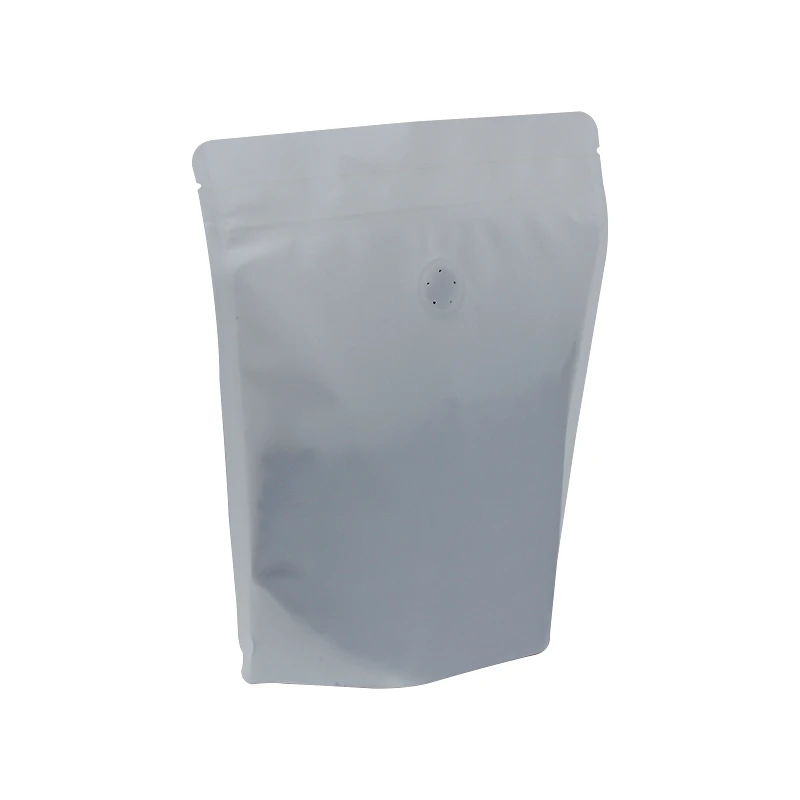- Afrikaans
- Albanian
- Amharic
- Arabic
- Armenian
- Azerbaijani
- Basque
- Belarusian
- Bengali
- Bosnian
- Bulgarian
- Catalan
- Cebuano
- chinese_simplified
- chinese_traditional
- Corsican
- Croatian
- Czech
- Danish
- Dutch
- English
- Esperanto
- Estonian
- Finnish
- French
- Frisian
- Galician
- Georgian
- German
- Greek
- Gujarati
- haitian_creole
- hausa
- hawaiian
- Hebrew
- Hindi
- Miao
- Hungarian
- Icelandic
- igbo
- Indonesian
- irish
- Italian
- Japanese
- Javanese
- Kannada
- kazakh
- Khmer
- Rwandese
- Korean
- Kurdish
- Kyrgyz
- Lao
- Latin
- Latvian
- Lithuanian
- Luxembourgish
- Macedonian
- Malgashi
- Malay
- Malayalam
- Maltese
- Maori
- Marathi
- Mongolian
- Myanmar
- Nepali
- Norwegian
- Norwegian
- Occitan
- Pashto
- Persian
- Polish
- Portuguese
- Punjabi
- Romanian
- Russian
- Samoan
- scottish-gaelic
- Serbian
- Sesotho
- Shona
- Sindhi
- Sinhala
- Slovak
- Slovenian
- Somali
- Spanish
- Sundanese
- Swahili
- Swedish
- Tagalog
- Tajik
- Tamil
- Tatar
- Telugu
- Thai
- Turkish
- Turkmen
- Ukrainian
- Urdu
- Uighur
- Uzbek
- Vietnamese
- Welsh
- Bantu
- Yiddish
- Yoruba
- Zulu
what are pantone colors
Understanding Pantone Colors The Language of Color in Design
In the world of design, color plays a pivotal role in conveying messages, evoking emotions, and setting the overall tone of a project. One of the most recognized systems for color communication is the Pantone Matching System (PMS), widely used in various industries including fashion, graphic design, interior design, and product manufacturing. Understanding Pantone colors is essential for designers aiming to create a cohesive and impactful visual experience.
What are Pantone Colors?
Pantone colors are standardized colors defined by the Pantone Matching System, which was created in 1963 by Lawrence Herbert. This system enables designers to accurately reproduce colors across different materials and manufacturers, ensuring consistency. Each color is assigned a unique code, usually consisting of a number followed by letters (for example, Pantone 186 C). This coding system allows designers and printers to communicate without ambiguity, eliminating the typical variations that occur with mixing colors.
The Significance of Pantone Colors
1. Consistency Across Mediums One of the major advantages of using Pantone colors is that they provide a consistent color reference across various printing processes and digital applications. Whether a designer is working on a printed brochure, a website, or merchandise, the Pantone system ensures that the chosen color appears the same, regardless of where it’s applied.
2. Brand Identity Many brands rely heavily on specific Pantone colors to establish their identity. Think of Coca-Cola's iconic red (Pantone 186 C) or Tiffany & Co.'s distinctive blue (Pantone 1837). These colors are not merely aesthetic choices; they represent the brand's values and are instantly recognizable to consumers. This connection to color can significantly influence brand perception and loyalty.
what are pantone colors

3. Emotional Impact Colors can evoke specific emotions and reactions. Pantone thoughtfully considers this in its color selections and trends. For instance, warmer colors like reds and oranges are often associated with energy and passion, while cooler tones like blues and greens are connected to calmness and tranquility. Designers use this psychological aspect of color to effectively communicate their intended message and connect with their audience on an emotional level.
Trends and Innovation
Pantone also forecasts color trends annually, with the announcement of a “Color of the Year.” This trend-setting practice influences various sectors, from fashion to home décor. For instance, in 2023, the Color of the Year was “Viva Magenta” (Pantone 18-1750), described as a vibrant and dynamic hue that encourages experimentation and self-expression. This color choice reflects societal shifts and influences, further underlining how color can serve as a barometer for cultural movements.
Practical Application of Pantone Colors
For designers, applying Pantone colors in their work involves more than just choosing a pretty hue. It requires an understanding of how colors interact with one another, the context in which they will be used, and the feelings they provoke. When preparing designs for print, designers often use Pantone color guides, which provide swatch samples to choose from. Additionally, many design software programs integrate Pantone colors, making it easier for designers to select and implement them into their projects.
Conclusion
In conclusion, Pantone colors serve as a universal language in the design world, bridging the gaps between creativity, consistency, and emotional impact. Understanding and utilizing this color system can significantly enhance a designer’s work, helping to convey messages more effectively and establishing a strong brand identity. As we continue to evolve in our visual culture, the importance of color—and the Pantone system—remains ever-relevant. By embracing the power of color, designers can not only elevate their work but also connect more profoundly with their audiences.













